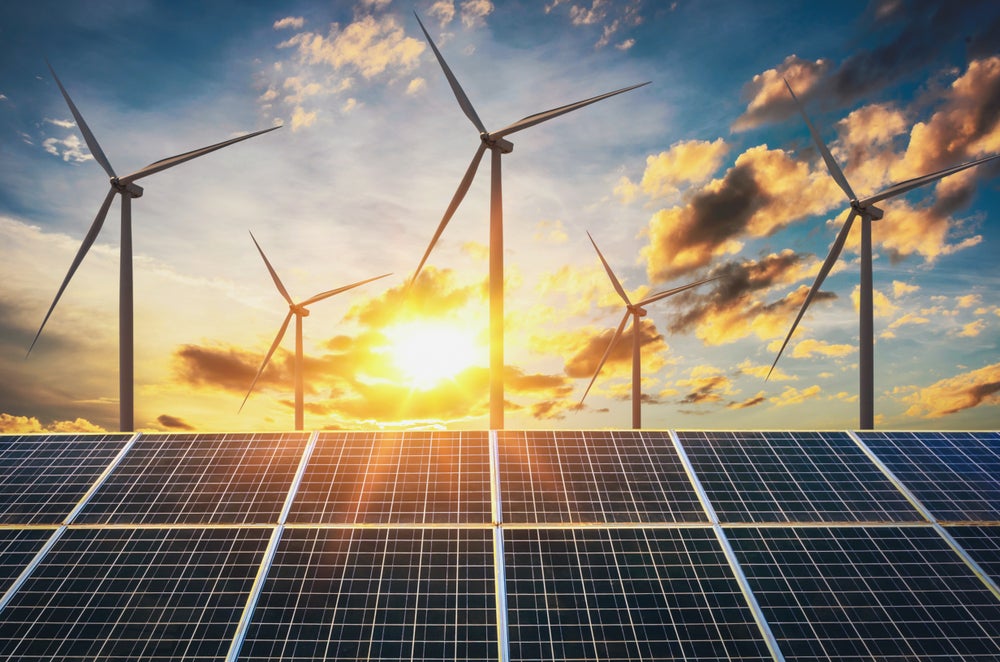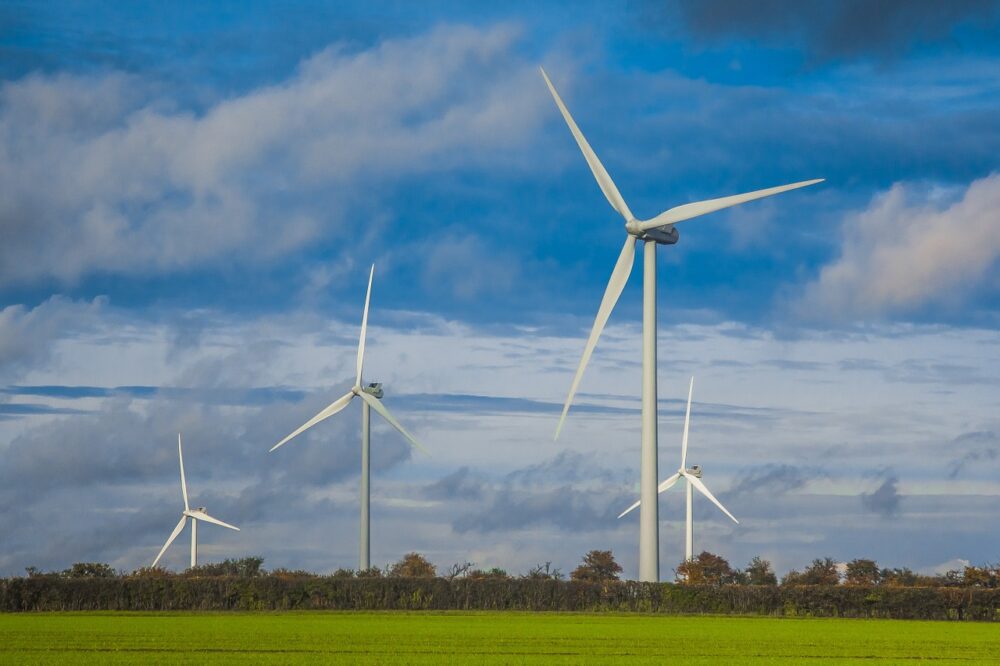
Clean energy technologies have grown at a rapid pace in recent years – but which countries top the charts for renewable energy investment?
A number of the largest economies are now looking towards cleaner sources to help reduce their reliance on high-polluting fossil fuels amid the energy transition, making them more attractive landing spots for renewables investment.
IHS Markit’s Global Renewable Markets Attractiveness Rankings has tracked the attractiveness for investment for non-hydro renewables – offshore wind, onshore wind and solar PV – across 35 countries that are expected to account for 90% of non-hydro renewables capacity additions to 2030.
The ranking evaluates each nation on the basis of seven subcategories that include the current policy framework, market fundamentals, investor friendliness, infrastructure readiness, revenue risks and return expectations, easiness to compete and the overall opportunity size for each market.
Here, NS Energy profiles the top five countries for renewable energy investment, using IHS Markit’s data.
Top five countries for renewable energy investment
1. The US
The US is the top-ranked country in IHS Markit’s tracker for renewable energy investment.
The financial services company put this down to the nation’s “sound market fundamentals” and the availability of an “attractive support scheme”.
Under the American Jobs Plan, President Joe Biden’s administration is aiming to significantly increase federal investment in renewable energy in the US.
Scaling up on clean technologies is expected to play a key role in the nation cutting its carbon emissions by 50-52% by 2030 compared to 2005 levels.
2. Germany

Germany comes in second on the list of the most attractive countries for renewable energy investment.
Clean energy delivered more than 47% of its electricity in 2020, as renewables continue to ramp up their stake in the nation’s energy mix following the planned phase out of its nuclear and coal power plants.
By 2030, 65% of Germany’s total electricity demand will be met by renewable power. The country will play a key role in helping the EU reach its 2050 carbon neutrality goal.
3. China
Mainland China is the third most attractive nation for renewable energy investment, according to IHS Markit.
It said the country, which accounted for more than half of the world’s total non-hydro renewables additions in 2020, ranked third because “difficulties in accessing the market weighed down its overall score”.
Despite continuing to invest heavily in fossil fuels and holding the undesirable title of being the world’s highest emitter, China currently has the largest share of wind and solar power capacity.
It will continue to scale up on renewables as it aims to reach carbon neutrality by 2060.
4. France
Coming in fourth on the list of the most attractive countries for renewable energy investment is France.
IHS Markit put this down to strong market fundamentals, backed by stable procurement mechanisms and long-term clean energy targets.
France currently relies heavily on nuclear power but is looking to ramp up its development of other low-carbon sources and renewable hydrogen – produced through wind and solar – while aiming to phase out coal-fired power plants by 2022.
Clean energy sources will be critical in helping the nation reach its net-zero greenhouse gas emissions target by 2050.
5. Spain
Spain ranks as the fifth-best market for renewable energy investment.
Just like France, IHS Markit put the country’s ranking down to its strong market fundamentals, stable procurement mechanisms and long-term clean energy targets.
It produced 43.6% of its electricity from renewable energy technologies in 2020 and has plans in place for clean energy to provide 100% of its power by 2050.






